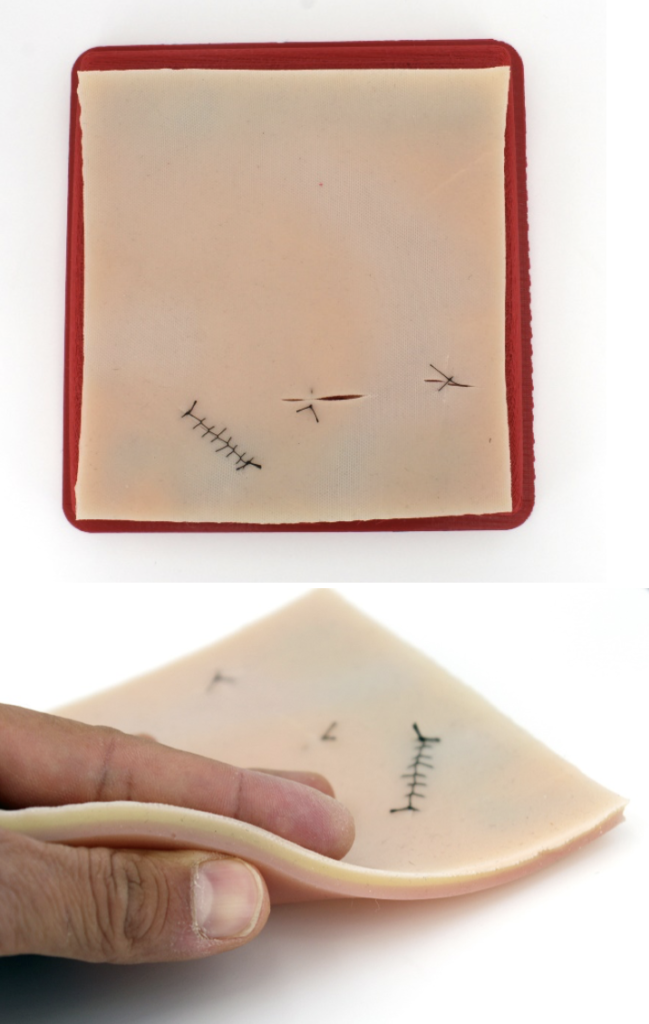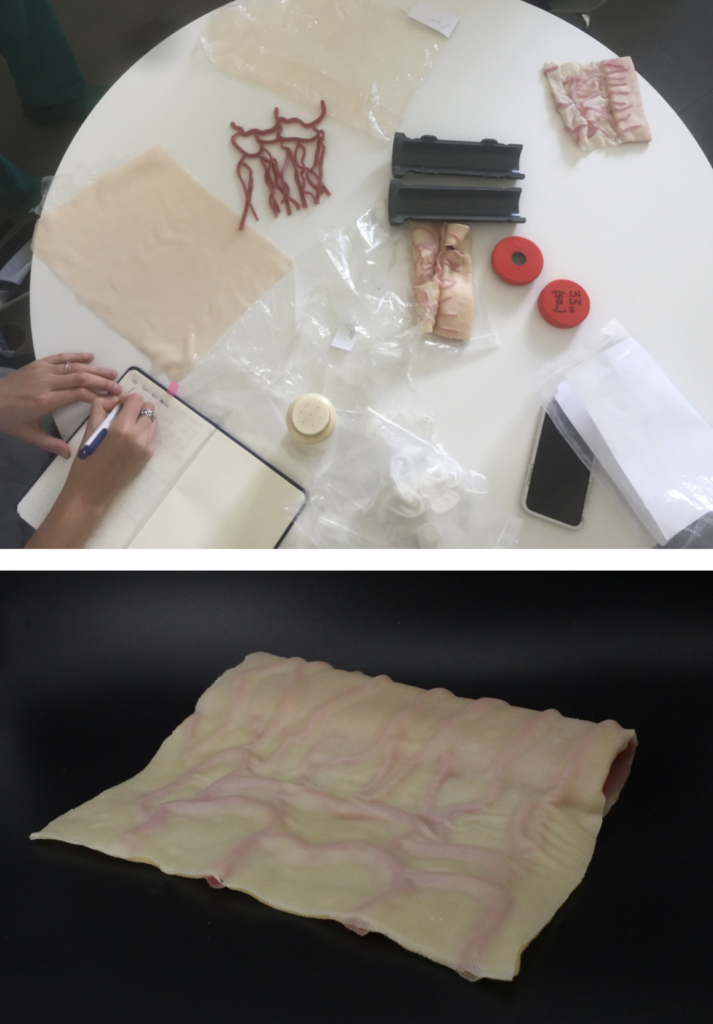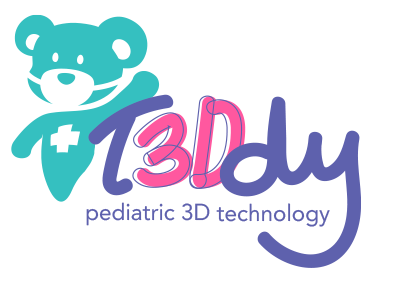In recent years there has been a growing interest in simulation as a preoperative planning and training tool in the health sector. The aim is to improve care and ensure maximum patient safety during the learning process.
In fact, the traditional educational method involves doctors and healthcare professionals acquiring skills, competences and experience directly on the patient, initially by observing the tutors, and then repeating the maneuvers directly on the most collaborative patients. However, the patient’s health and the outcome of any clinical procedure is closely linked to the skills of the healthcare staff performing the maneuver. It is therefore clear how simulation offers a safe learning solution by allowing new doctors to learn through practical experience on dummies and simulators.
With these objectives in mind, a simulator was created in our T3DDY laboratory that allows doctors to practice all suture techniques (Donati stitches, detached stitches and intradermal stitches).
The simulator consists of a silicone support and pad. The holder (red element) is produced in PLA with the 3D printer. The silicone pad, made of three different layers that simulate muscle tissue, adipose tissue and skin, is attached to the support by means of velcro strips.

Our simulator is used in courses organized by Meyer Children’s Hospital and represents a valid alternative to animal corpses, the use of which is strictly related to ethical and hygienic problems.
Another simulator developed in our laboratory is a replica of an intestinal tract.
The simulator is used by surgeons to practice the reconstruction techniques that are performed on small patients with short bowel syndrome. This syndrome causes malabsorption and malnutrition and may be the consequence of an intestinal resection surgery or may be a malformation. The surgical techniques that are performed involve an extension of the intestine that allows an extension of the intestinal transit time by increasing the time of contact of nutrients with the walls of the intestine and thus the absorption. The simulator reproduces a segment of the intestine, the mesentery and the blood vessels of the mesentery and has been realized through reverse engineering techniques and 3D printing.

In addition to the suture pad, two other simulators have been developed with the aim of allowing physicians to practice stitching in the area of the eyebrow arch and chin. The two simulators consist of a rigid part, which simulates bone structure and is reproduced in PLA with the 3D printer, and an elastic part, which simulates skin and is reproduced in silicone.


